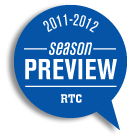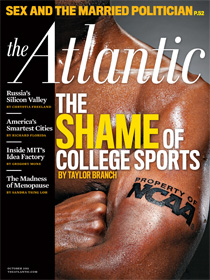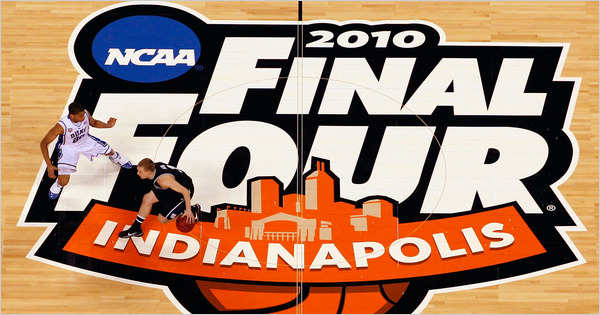$2,000 Stipend: Is the NCAA on the Verge of Allowing Payments to Players?
Posted by rtmsf on October 24th, 2011Perhaps the winds of change are in the air after all. Not a month after Taylor Branch’s opus in The Atlantic excoriated the NCAA for its stubborn adhesion to the twin tenets of amateurism and the “student-athlete,” and not five months after Big Ten commissioner Jim Delaney floated an idea to provide a “full cost of attendance” stipend to its players, the NCAA’s president, Mark Emmert, appears to be on board. Emmert told the Knight Commission on Intercollegiate Athletics Monday that he feels the time is ripe for addressing such an inequity for the first time in a couple of generations. What does the NCAA say the gap between the value of tuition, fees, room, board, and books versus the full cost of attendance amounts to? Try $2,000 per year.
This week, I’ll be asking the board to support a proposal to allow conferences — not mandate anyone, but allow conferences, not individual institutions — to increase the value of an athletic grant in aid to more closely approach the full cost of attendance. […] We are going to create a model that would allow — probably… up to $2,000 in addition to tuition, fees, room and board, books and supplies.
Interesting. A couple of grand may not seem like much considering the astronomical dollar figures that schools make on the backs of these players, but it’s not insignificant either. A two-semester school year encompasses roughly nine months for an athlete: dividing that figure by 39 weeks results in an allowance of roughly $51 per week. What college student couldn’t use a little shy of ten bucks a day to buy pizza, fill up his gas tank and occasionally join his buddies for an evening out to the movies and some greasy spoon afterward? It seems a pittance given the figures going into the coffers of the power conference schools, right? But therein lies the problem.

















































